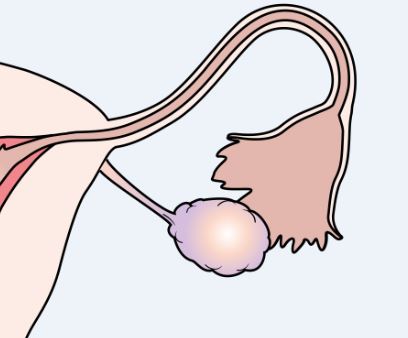
A new study published in the Journal of Clinical Oncology provides compelling evidence that genital talc use is associated with an increased risk of ovarian cancer. This extensive analysis, part of the Sister Study cohort, revisits the association between intimate care products and cancer, incorporating rigorous adjustments for biases that might have affected earlier studies.
“Despite challenges in assessing exposure history and biases inherent in retrospective data, our findings are robust, showing a consistent association between genital talc use and ovarian cancer,” said lead study author Katie M. O’Brien, Ph.D., researcher at the Epidemiology Branch of the National Institute of Environmental Health Sciences. “This study leverages detailed lifetime exposure histories, and the unique design of the Sister Study, to provide more reliable evidence that supports a potential association between long-term and frequent genital talc use and ovarian cancer.”
The study utilized quantitative bias analysis to assess potential errors in reporting and analyzed data from a cohort of women who were initially cancer-free, tracked for their use of intimate care products like genital talc and douching.
Key Findings
- Persistent positive association between genital talc use and ovarian cancer, with the highest risks observed in frequent and long-term users.
- No significant associations found between genital talc use or douching and breast or uterine cancer.
- Douching showed a possible association with ovarian cancer, warranting further investigation.
Next Steps
The researchers advocate for continued examination of the specific chemicals in intimate care products that may influence cancer risk and encourage further studies to replicate these findings in different populations.
Funding
This research was supported by the Intramural Research Program of the National Institute of Environmental Health Sciences, National Institutes of Health.
“Intimate care products and incidence of hormone-related cancers: A quantitative bias analysis“
Katie M. O’Brien, Nicolas Wentzensen, Kemi Ogunsina, Clarice R. Weinberg, Aimee A. D’Aloisio, and Jessie K. Edwards, Dale P. Sandler
